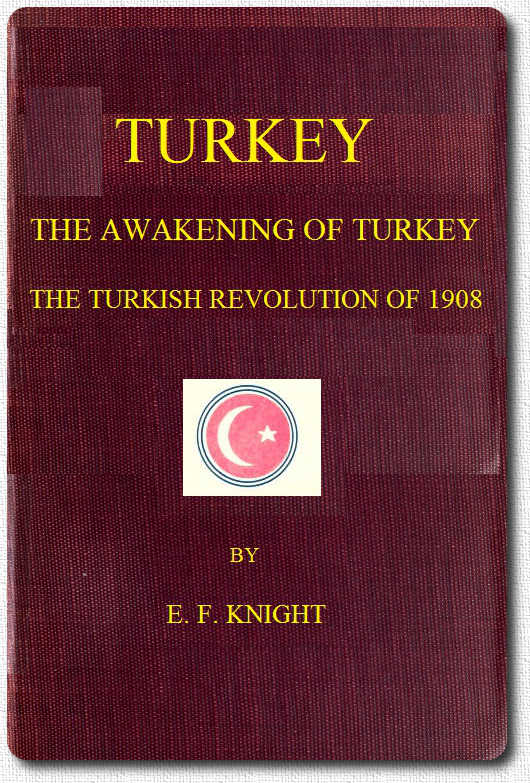
- Browse Category
Subjects
 We Begin at the EndLearn More
We Begin at the EndLearn More - Choice Picks
- Top 100 Free Books
- Blog
- Recently Added
- Submit your eBook
password reset instructions

This is the New 2017 Revised Edition
"We realized that the decisive battle had come, and that if we can survive it, the Germans were unlikely to muster such powerful forces again."
Thus wrote Lieutenant-General V.I. Chuikov, 62nd Army Commander, about 14 October 1942. As hundreds of tons of steel where hurled against the Soviet defenders, the Germans unleashed a critical onslaught in what they perceived as theur D-day for Stalingrad.
This same day Hitler issued the winter standby directive to his troops on the eastern front. It read: "This year's summer and fall campaign, excepting the operations currently under way and several local offensives still contemplated, has been concluded." As for the "operations currently under way" 6th Army was ordered not only to continue, but also to strengthen its offensive. Although badly depleted for the most part, the divisions mustered by both sides in the industrial district of the city still embodied a considerable fighting potential. With regard to density, seldom in the history of wars such a small territory was contested by such a quantity of manpower, artillery and aircraft.
After the equivalent of a full month of combats within the city, the culminating point was about to be reached. After having completed a restructuration of his attacking forces, Paulus moved the most able formations into line, expecting the entire front to collapse in the northern sector of Stalingrad, then to finish off 62nd Army's truncated remnants with an enveloping maneuver along the Volga, as was his intent from the beginning.
Seventy years after, the release of new material from the Soviet archives finally allows to contemplate a detailed, exact study of the conflict, including new outstanding opportunites for mapping each single day of this terrible struggle.
This second volume of the Stalingrad Battle Atlas series covers 35 days of combat within the city. Built upon the latest disclosed archival data, it addresses strategic and tactical levels and features entirely new maps for each day of active operations during this period. Synthesizing a wide range of documents and sources, this chronological atlas seeks to reach the maximal degree of precision in describing historical reality, rendering it through a standardized set of instruments: timeline, order of battle, unit strength returns, situation maps, contextual photos, quotes from key actors. It can be used as a reference manual for searchers, as well as a guide for those who want to know the basics: Who, When, Where.
In 2015 the Russian Federal Archive Agency, in cooperation with the Ministry of Defense, the Russian Historical Society and the German Historical Institute in Moscow publically released large archival funds of Soviet and German records. This new edition of the Stalingrad Battle Atlas series thus benefits from the most substantial set of available wartime documents.
Main features:
o Latest available documents from archives
o Tactical & Strategic Maps
o Order of Battle & Strength Returns
432 pages
A new perspective of the legendary battle on the Volga
- File size
- Print pages
- Publisher
- Publication date
- Language
- ISBN
- 9 X 6 X 1.13 in
- 444
- Staldata Publications
- September 18, 2017
- English
- 9791093222127












.jpg)














